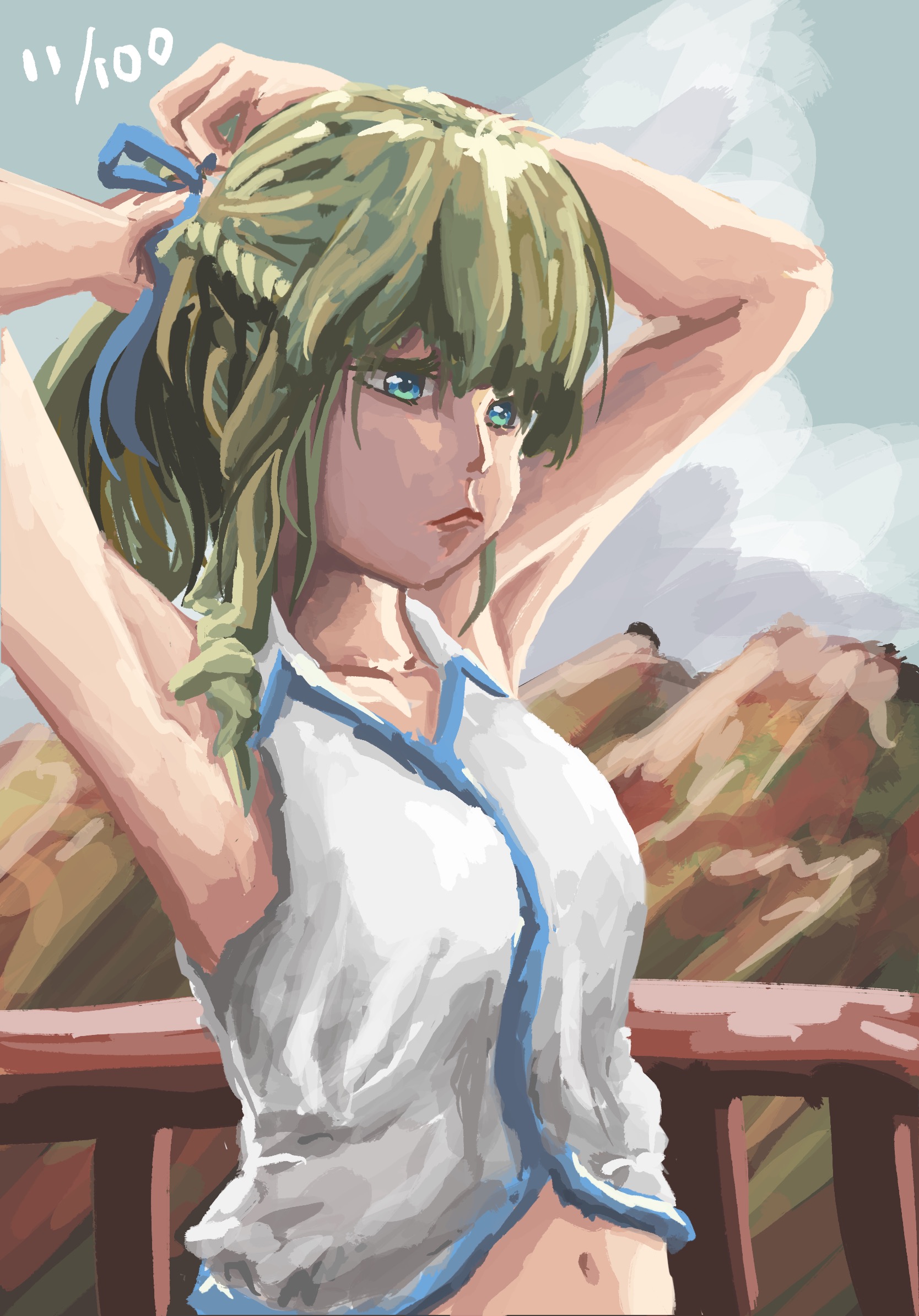
I read a short novel, Siddartha by Herman Hesse. It tells the story of a young man in the time of the Buddha, who sets out from his life as a Brahman to search for inner peace. He lives many lives, starting from his youth as a young cleric, to life as an ascetic in the forest, to settling down with a beautiful courtesan and eventually finding his own enlightenment by the flowing riverside.
The part I appreciated the most about this novel is that it tells a hard-hitting message about finding enlightenment, without ever preaching or telling the reader what to do. In fact, the main character Siddartha actively dismisses the words of everyone he encounters, even the Buddha himself. That is not to say that Siddartha refuses to learn. Rather, he discovers his own path and wisdom through listening to the world itself.
The analogy of the river near the end of the story is what drives it home. The wise ferryman states that the “river knows everything there is to know”. Siddartha, who has lived many lives and experienced the lows and highs of the world, likens his own life to the river. Just like the river has twists and turns, ups and downs, so does life. At times, one is living as a rich man, and other times, one may be a simple beggar.
Siddartha then extends the analogy in two directions:
-
The river is not just a single soul, but the world itself. Like the river, which turns into the sea, which turns into the clouds and rain, the things of the world are transient. A rock may eventually wear down to soil, which is born into a plant, then a cow, and a human.
-
Time is only a distraction. There are times when one is a sinner, and one when he is a priest, and one where is Buddha. Similarly, there are times when the river runs through rapids, and times when it is calm and dreary. Dividing the river into parts, however, is an arbitrary border. In reality, the river is a single entity, experiencing all these states at once. A child is not on a journey to becoming an old man, rather the child’s whole journey, past to future, already exists.
Siddartha finishes his story by describing a rock he picks up from the river bank. This stone is in a cycle of transformations, it is also an animal, it is also human, it is also god. I do not love this stone because it can become god, because this stone already is everything. I love this stone because today, it appears to me in this form, with this specific shape, with this specific smell. And I appreciate it.
By the way, this is another human reference -> Sanae attempt, I think I did a much better job on the realistic look than the last time.
Prev Post || Next Post